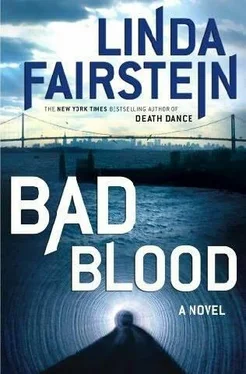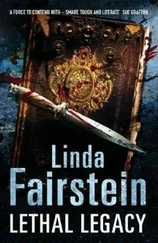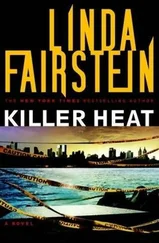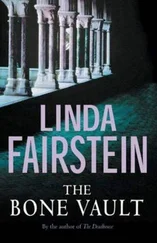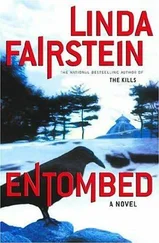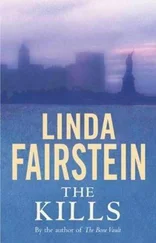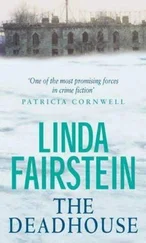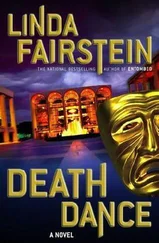“Course she is. Father, grandfather, brother,” Teddy said, smiling. “Nobody else understands what it’s like.”
“What exactly are sandhogs?” I asked.
Mike said, “Tunnel Workers Union. Maybe fifteen hundred guys total.”
Teddy gave the more elaborate answer. “Local 147, Compressed Air and Free Air Shaft Tunnel Foundation, Caisson, Subway, Cofferdam, Sewer Construction Workers of New York, New Jersey, and Vicinity.”
“So you save time just saying sandhogs-but why that name?”
“You know the Great Bridge?” Teddy answered my question with a question.
You couldn’t be a New Yorker if you hadn’t ever had a love affair with the Eighth Wonder of the World, the magnificent result of John Roebling’s 1867 plan to build the world’s longest suspension bridge across the East River, connecting what were then the separate cities of New York and Brooklyn.
“The Brooklyn Bridge, of course. I can see it from the window of my office.”
The bridge played a vital part in the life of the city, standing grandly at the foot of the harbor, its gigantic stone towers and elevated promenade remaining one of the most beautiful vantage points from which to enjoy the ever-changing Manhattan skyline.
“You know what a caisson is?” Teddy asked.
“Not really.”
“Roebling’s idea was a mighty risky one, Alex. The whole design plan balanced on the strength of the towers, and to build them meant sinking huge wooden boxes-27,500-ton caissons, each of them more than half the size of a city block-into the riverbed.”
“How did that work?”
“They were open at the bottom, these great chests, and then boulders were laid on top of them to force them down and keep them in the water. What was so radical at the time is that Roebling decided to use compressed air to sink them, then pack them with concrete so they’d be solidly in place forever.”
Teddy stopped to take a swig of his beer. “The men were then lowered into the caissons to excavate the foundations of the towers.”
“I don’t understand how they could do that.”
“Teddy, my lad, this is a girl who finds the toaster oven to be a real challenge,” Mike said. “The only tools she’s good with are an ice-maker and a razor-sharp tongue, so explain it to her nice.”
Teddy smiled and got up from his chair, turning it around and straddling the seat so that he could rest his crossed arms on its high back.
“Look, Alex, for as long as man had been building aboveground and tunneling below, nothing as large as these caissons had ever been seen-monstrous boxes they were-no less sunk into the treacherous waters of the East River. They needed men-really fearless men-to climb into steel cylinders-man locks, they called them-long metal tubes that were fed into the caissons. Once down there, the guys would dig out the river bottom in order to lay these foundations.”
“But what about the water?”
“Well, that’s it precisely, isn’t it? The compressed air I’m talking about was forced into the caissons from the top, also in tubes, meant to displace the water, meant to hold it back from coming in and drowning the men. That air was searing, like it came out of a blast furnace, like white-hot needles were pricking at your lungs and your eardrums, they used to say.”
“Nothing they could see or smell or touch,” Mike said, “but it was the compressed air that kept them alive.”
“Or killed them,” Teddy added. “You hear stories about working in the air from any of your folk from the other side?”
Mike nodded.
“Men would tell you their chests swelled to twice the size, their voices were high-pitched, if they could speak at all, and the headaches were blinding. Worst of all was what they called the caisson’s disease.”
“The bends,” Mike said.
“Crippled the joints, terrible abdominal pains, bad fever and sweats. Every shift in those boxes, only three or four hours was all they could stand, seemed a lifetime.”
“But why-” I started to ask.
“’Cause if you just got off the boat and had no way to put food on the table,” Mike said, “it’s what you did. It’s all you could do.”
“And when the air didn’t hold or the men struck a boulder fifty feet down, there’d be a great blowout spurting back the water like a geyser, and taking the workers with it,” Teddy went on. “Drowning them, squeezing them into the mud below, crushing their lungs with the pressure-hell of a lot of ways for a man to die down there, and many of them did just that.”
Teddy paused. “Work got under way on the Hudson River tunnels a few years later, our boys were digging out rock and earth-and then worst of all was when they got to the sand below the riverbed. Like quicksand it was, shifting and sinking-have you up to your neck in slime before you could count to five. They didn’t have a name for us until then. Sandhogs it was a hundred years ago and sandhogs it is today.”
Mike took his blazer off the back of his chair and slung it over his shoulder, his forefinger looped beneath the label. “There’s an entire empire built beneath New York by sandhogs for more than a century. Subway and train lines, water tunnels, car tubes, train terminals. They’re what keeps us in business, Teddy. They’re what makes this place possible. But it’s a city we don’t often think about, and it’s a city most of us never see.”
“There’s a reason for that, Mike-a good reason,” Teddy said, pushing up to leave the table. “That beast beneath us? It’s a city of death.”
Artie Tramm had been schmoozing with me since I walked into Part 83 at ten thirty in the morning. I had driven downtown, leaving my apartment at 7 a.m., although traffic aboveground was as slow as the West Side subway routes, which were tied up because of the investigation into the explosion. My normal twenty-minute ride had taken more than one hour.
“You wouldn’t catch me in one of those tunnels,” Artie said, leaning against the railing behind me, picking at something between his front teeth with the tip of a small pocketknife. “I’m a real-what do you call it? Claustrophobe? Papers say that dig is as far down in the ground as the tip of the Chrysler Building is high. Sixty stories deep. Could you stand being in someplace like that every day?”
I was organizing my files in the empty courtroom, waiting for the players to arrive so we could get on with the trial. It was Thursday, and we were already scheduled not to work tomorrow because of a personal day off that I had requested weeks earlier.
“Nope. I’m with you. Fresh air to breathe and lots of daylight,” I said, remembering my own reaction to being trapped briefly in an enclosed space during an investigation in Poe Park the previous winter. It chilled me even to think about it.
“A few years from now, we’ll be drinking water from that pipeline, wondering if those guys’ fingers or toes are still swimming around in it.”
“What guys?”
Gossip traveled through the corridors of 100 Centre Street faster than the speed of sound. I had listened to the car radio all the way downtown and heard nothing more about any loss of life in the blast.
“The poor schmucks that got blown up. The hogs whose DNA is gonna be dripping out of the HO and into your kitchen sink before very long,” Artie said, licking his teeth and folding the knife.
“What?”
“You know Billy, the captain in Part 62? He’s got a cousin whose wife’s brother is one of them sandhogs. Says there’s three guys missing. Says the cops found some pieces of flesh when they went down inside this morning.”
The door that led to the judge’s chambers opened and Gertz came in, lifting his robe up over his shoulders as he took the bench shortly before eleven o’clock.
Читать дальше
